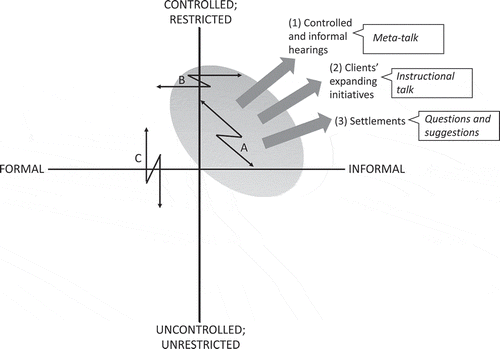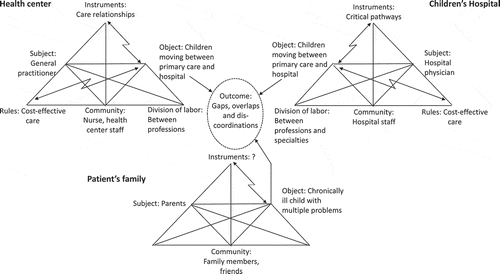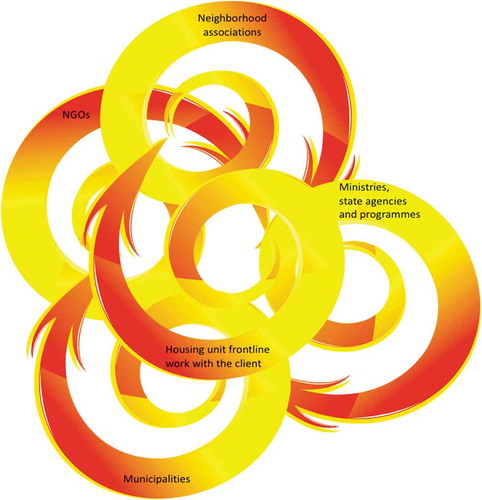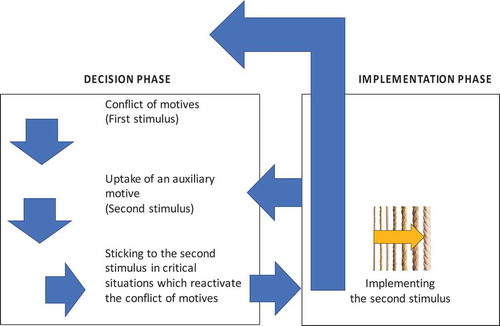Figures & data
Figure 1. Mediated work action as a first-generation unit of analysis in the cleaning study (Engeström & Engeström, Citation1984, p. 17)

Figure 2. The activity system of Vantaa District Court and its contradictions in 1990 as a second-generation unit of analysis in the court study (Engeström et al., Citation1992, p. 154)

Figure 3. The cycle of expansive learning (Engeström & Sannino, Citation2010, p. 8)

Figure 4. Expansive spearheads in the zone of proximal development of court work (Haavisto, Citation2002, p. 298)

Figure 5. A constellation of activity systems and their contradictions as a third-generation unit of analysis in the Children’s Hospital study (Engeström, Citation2001, p. 145)

Figure 6. Coalescing cycles of expansive learning as a fourth-generation unit of analysis in the homelessness study

Figure 7. The process of emergence of transformative agency by double stimulation (Sannino, Citationin press)

Table 1. Overview of the four generations
